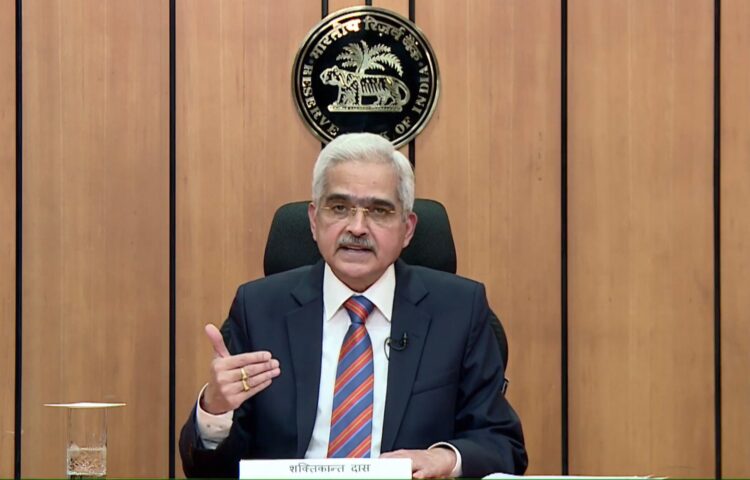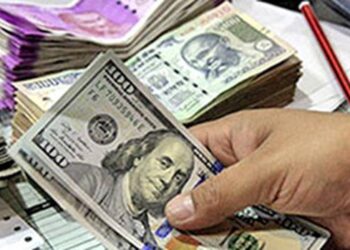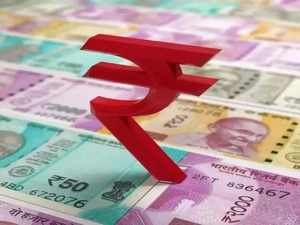To combat lingering inflationary pressures, the Reserve Bank of India (RBI) raised its key repo rate, or key lending rate, by 35 basis points to 6.25% on Wednesday. This is the RBI’s fifth consecutive increase in the key lending rate.
“Our financial system remains robust and stable, and corporates are healthier than before. India is widely seen as a bright spot in an otherwise gloomy world,” said RBI Governor Shaktikanta Das in his policy statement.
Das announced that the RBI has reduced its GDP growth forecast for FY23 to 6.8% from 7% previously. The Monetary Policy Committee (MPC) maintained its position on “withdrawal of accommodation,” with four out of six members voting in favor, as the committee continues to focus on withdrawing large amounts of cash from the banking system without impeding growth. Five of the six members of the MPC voted in favor of the rate hike.
The October-December 2022 CPI inflation forecast has been raised to 6.6% from 6.5%. The January-March 2023 CPI inflation forecast has been raised to 5.9% from 5.8%. CPI inflation is expected to remain at 5% in April-June 2023. According to the RBI Governor, CPI inflation will be 5.4% in July-September 2023.
The standing deposit facility rate and the marginal standing facility rate were both raised by the same percentage point to 6% and 6.5%, respectively.
The RBI Governor stated in his statement that core inflation is sticky and that further calibrated monetary policy action is required. He also stated that liquidity in the banking system is still in excess.
“The MPC was of the view that further calibrated monetary policy action was warranted to keep inflation expectations anchored, break core inflation persistence and contain second round effects,” Das said as he announced the monetary policy committee’s decision.
Retail inflation fell to 6.77% in October after remaining above the RBI’s 2-6% tolerance band all year, down from 7.41% in September and 7% in August.
The RBI’s MPC’s smaller rate hike corresponds to expectations that the US Federal Reserve will shift to smaller rate increases at its policy meeting later this month.
According to Das, inflation will remain above the 4% midpoint of the RBI’s target for the next 12 months.
The RBI must also consider the potential impact on the rupee if it lags behind expected increases in US interest rates.
India’s GDP growth rate for July-September was reported at 6.3%, matching the RBI’s own forecasts.
Source:BI







 Finance
Finance






